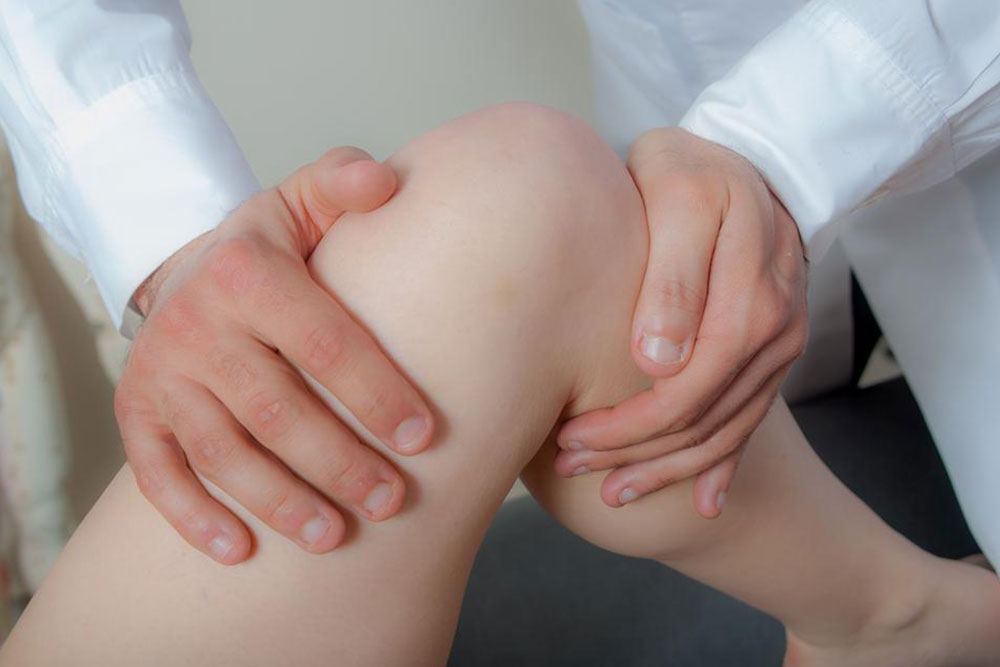Five different treatment options for meniscus tear
A torn meniscus is a type of knee injury and is also one of the most common cartilage injuries caused, affecting more than 200,000 people in the country every year. The tear occurs in the cartilage which cushions the thigh bone from the shin bone and can be caused due to forceful twisting or movement of the knee.
There are a number of alternatives when it comes to meniscus tear treatment:

Therapies: Therapies for meniscus tear treatment are divided into two types mainly, physical therapy and stretching exercises. Meniscal cartilage tear exercises include seven which are recommended and taught by therapists namely passive knee extension, heel slide, standing calf half stretch, hamstring stretch on the wall, straight leg raise, prone hip extension and clam exercise. Wall squat with a ball, step up’s, knee stabilization and terminal knee extension are advanced exercises which can be performed after familiarizing yourself with the first seven. It is, however, important to learn and perform these exercises under proper medical supervision before trying them out at home.
Physical therapy mainly includes exercises not so different from the ones mentioned above including quad sets, hamstring curls, heel dig bridging, shallow standing knee bends among others as prescribed by your physician.
Medication: Medication for meniscus tear treatment can be classified and explained according to the class of drug they belong to. Since pain, swelling, stiffness can be experienced as the major symptoms affecting the knee, medications often prescribed are the ones which belong to non-steroidal anti-inflammatory drugs and analgesic medications. NSAID’s are best for relieving pain and reducing the inflammation while analgesics focus mainly on alleviating the pain.
Self-care: When it comes to self-care for meniscus tear treatment, a combination of RICE therapy and physical exercises other than the ones prescribed in physical therapy is recommended by medical professionals. RICE therapy is known as rest, ice, compression, and elevation, which will help in relieving the pain and inflammation in knees. Taking rest, applying a cold compress, compressing the affected area with good quality bandage and keeping the knee elevated will all assist in minimizing the swelling. For physical exercise, aerobic activity is recommended at least five days a week to improve your cardiovascular health.
Surgery: Surgery is another option when it comes to meniscus tear treatment. This is only recommended when the condition is far more severe and cannot be cured using physical therapy and medications. A procedure called arthroscopy is done to diagnose the severity of the condition and also treat related joint problems.
Specialist care: Consulting with specialist medical professionals like an orthopedic surgeon is another option.




